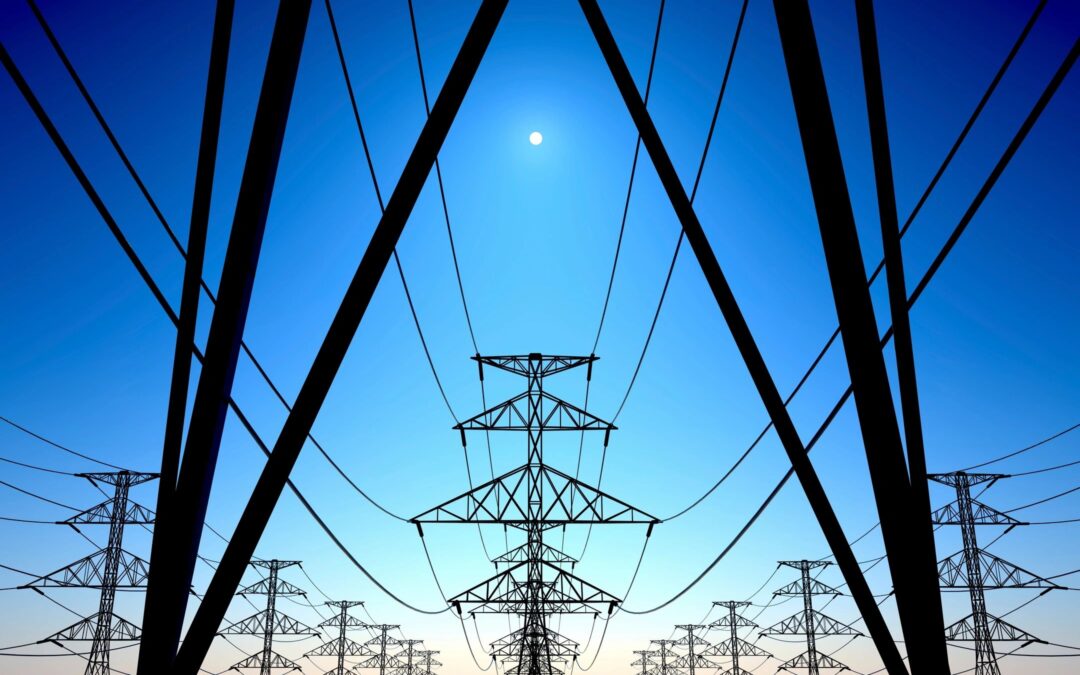By Lisa Furby –
In denying inter partes review in OBM, Inc. & Cholla Energy LLC v. Lancium LLC, the PTAB again made clear that “technical availability” of a reference is not enough to establish it is a printed publication. Here, the PTAB held that the petitioner failed to show that one of its prior art references, a copy of a standard rates schedule governing the sale of electricity in Virginia (the “APC-Tariff” reference”), qualified as a printed publication. The patent at issue, U.S. Patent No. 10,608,433 (“the ’433 patent”) relates to energy management technologies to prevent overload of electric grids.
The petitioner argued that the ‘433 patent claims were obvious in view of APC-Tariff in combination with other patent publications. In an effort to establish APC-Tariff as a printed publication, petitioner argued that it was a “certified copy” of a tariff document associated with a public record of the Virginia State Corporation Commission (“SCC”) and that it was, as required by an order from the SCC, publicly available for in person inspection and available on the SCC website before the critical date.
In rejecting petitioner’s argument, the PTAB reiterated that being publicly available is not the same as publicly accessible. “[P]ublic accessibility, the touchstone for status as a printed publication, requires more than establishing the documents were available to the public.” Decision at 24 (citing Acceleration Bay, LLC v. Activision Blizzard Inc., 908 F.3d 765, 773 (Fed. Cir. 1998)). Thus, even if the APC-Tariff document might have been publicly available, there still had to be sufficient evidence to show that an ordinary artisan could have “reasonable found” APC-Tariff.
As an initial threshold, the PTAB remained unconvinced that the APC-Tariff actually was publicly available, noting that there was no testimony or evidence from anyone responsible for maintaining the documents on the SCC website. The PTAB further noted there was no evidence indicating the availability of APC-Tariff on the SCC website at the time of publication, like archival information from Wayback Machine.
But even assuming “technical availability,” the PTAB also noted that the record was “devoid of any evidence of indexing” and had not shown that an ordinary artisan would have actually found APC-Tariff on the SCC website using “common search terms.” The PTAB rejected petitioner’s arguments that APC-Tariff had been cited in various energy related papers, noting that all of the “citations” were to the docket, not to the specific APC-Tariff document. Decision at 27.
The PTAB then held that even if Petitioner had met its burden to establish that APC-Tariff qualified as a printed publication, that all asserted obviousness combinations were nevertheless deficient.
Takeaway:
Mere public availability of a reference, even on a government website, is insufficient to establish the reference as a printed publication. Practitioners must, even in its petition, establish that its prior art references were publicly accessible by ordinary artisans before the critical date.
Lisa Furby
Latest posts by Lisa Furby (see all)
- Speculative IPR Discovery Request Not in the Interest of Justice - February 21, 2025
- PTAB Decides Concurrent IPR and PGR Petitions After Resolving Priority Date Dispute - February 20, 2025
- Fees Incurred in Voluntary Parallel IPR Unrecoverable - June 10, 2024

